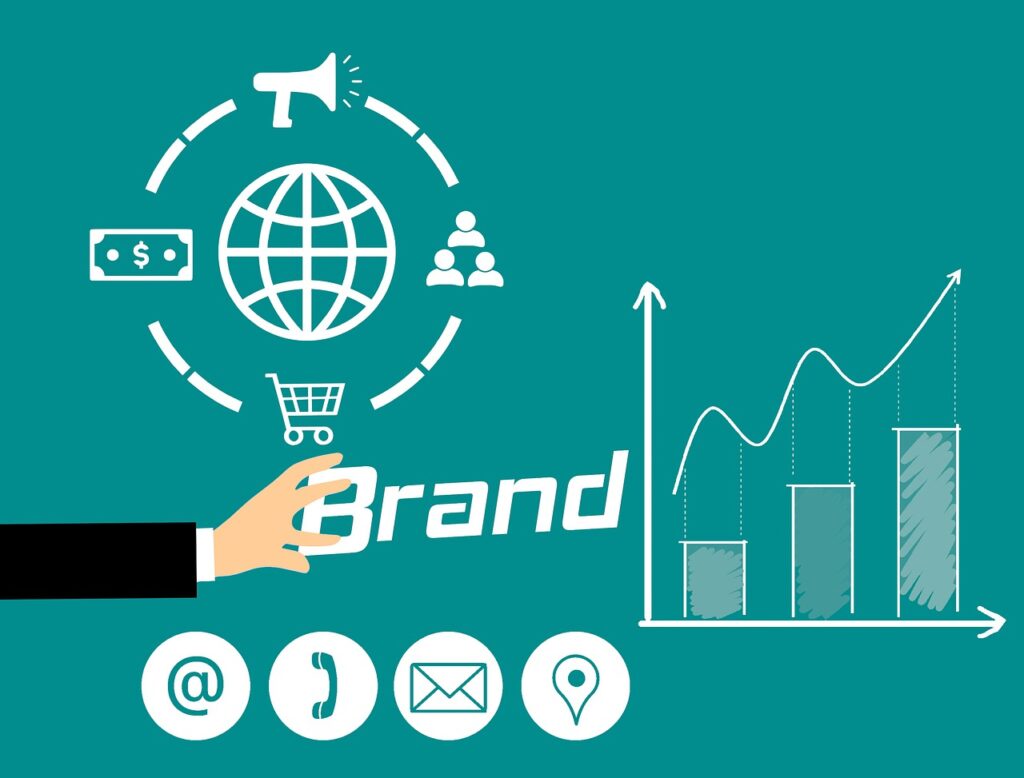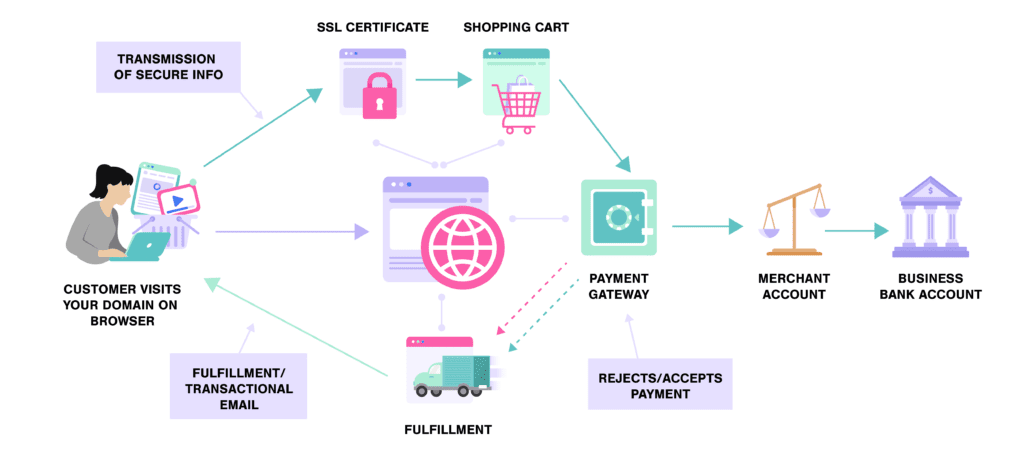The digital age has been characterized by rapidly advancing technology, and that has come with its fair share of advantages, surprises, and problems. From the perspective of a business owner, all of that cutting edge tech can be leveraged to optimize operations in numerous ways.
However, the average person isn’t all that technologically savvy, and that can make it difficult to get the most bang for your buck from modern technology. In a world in which social media has become the predominant space for marketing, this presents a problem. However, these tips can help you make the most of social media marketing.
Feedback
One of the most advantageous ways to use social media to your advantage is for its ability to provide you with market research data. Social media platforms are rife with a variety of statistics that can measure engagement with your audience, and tracking these can illustrate your successes and failures quickly and for free.
However, this is not a replacement for traditional market research, by any means, and there’s still a place for traditional methods, even in the digital age. Sentiment analysis, on the other hand, is a better contender, but it has its own downsides, as well.
Sentiment analysis uses state of the art AI made with MLOps baked into the development cycle to rapidly scan and process countless social media posts about or directed toward your business to create an overview of how the public feels about your brand.
This combines many of the advantages of traditional market research and the benefits of social media’s native functionality, but it depends on having an existing, strong online presence. Simply put, to put AI to work figuring out how the public feels about you, you first need to have a robust audience from which to gain that information.
Online Presence
While sentiment analysis requires an ample audience, social media already provides you with a suite of tools geared toward cultivating an online presence. Making use of these tools is essential for a business to grow in the modern age, especially with the necessity of eCommerce and its more global reach.
Search engine optimization (SEO) is a great place to start. You might not realize the purpose of a hashtag, despite its popularity. Simply put, hashtags are a way to categorize content, and using them effectively will make a major difference when it comes to gaining followers.
The basic rules of hashtag-centric SEO are to find as many relevant hashtags as you can for your posts and to make sure that the tags you’re using are popular enough to get you extra traffic.
Trending hashtags can be particularly potent, but taking advantage of them can be a risky play. A transparent attempt to be hip may actually do more harm than good, so it’s important to engage with trends in a strategic way.
The other major component of a strong online presence is engagement. The metrics that social media provides are ample for tracking engagement, but engineering engagement is another matter.
First and foremost, you need to provide your budding audience with engaging, high quality content, so be sure to hire a social media manager and provide them with the tools they need to produce such content.
The average social media post doesn’t have to be something special, but there nonetheless needs to be something special about it to drive engagement. Paid advertising is an important part of the social media marketing scene, as well.
Not only is paid marketing a necessity for any business, but on social media in particular it’s a way of getting potential engagement from a wide audience of users who are neither following you already nor searching for pertinent hashtags.
Conclusion
The digital age provides countless advantages to today’s business owners, but it’s not always clear how to put them to use. Social media is a powerful marketing tool, but it can be difficult to understand exactly how. This guide should get you started on the right foot.
















